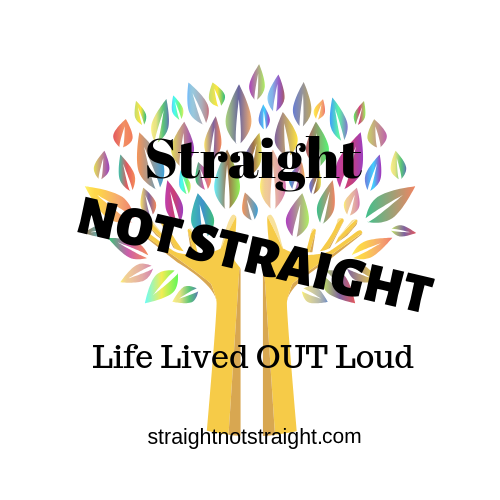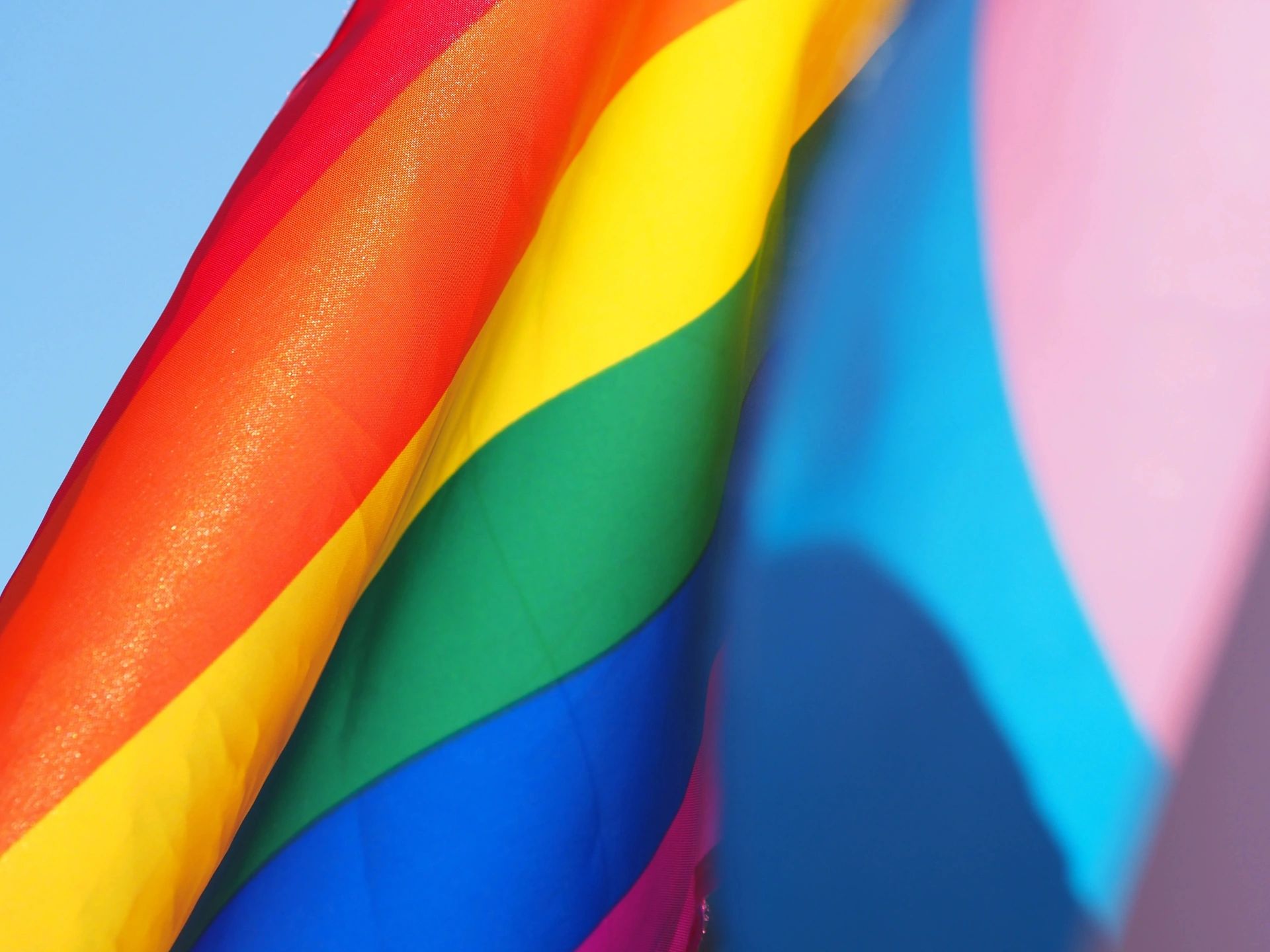Pride flags and what they mean… Do you ever look at all the pride flags and wonder what they mean? I do and I noticed when we were at the Pride Festival in Winchester last weekend that a lot of people didn’t know what all the different pride flags mean or even what part of the community they represent. So, I decided to make a list and try to help some of us out a little. I have been researching this week and have found quite a few, but there is no doubt in my mind, that this is not all of them. But it is definitely a starting point. If you see any that I miss, feel free to add it in the comment section and let us know what it represents and any background information, if you know. If not, I will try to research it and add some information to it.
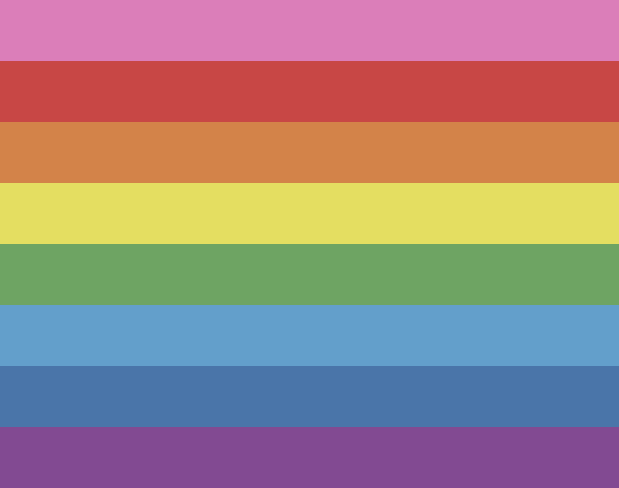
The original Pride Flag, sometimes referred to as the Gilbert Pride Flag, because it was designed by Gilbert Baker. He was an activist, veteran, drag queen, and artist. He designed and made this flag for the San Francisco Gay and Lesbian Freedom Day Parade in 1978. Each color had a certain meaning, so I have listed them all here: Pink – Sex, Red – Life, Orange – Healing, Yellow – Sunlight, Green – Nature, Turquoise – Magic, Indigo – Serenity, Violet – Spirit. The pink was dropped from it pretty quickly because it was super difficult to get the fabric in that color, the turquoise was dropped to make it symmetrical. It evolved to the 6-color pride flag that is still used today.

The Progress Pride Flag is an updated version of the traditional rainbow flag. Daniel Quasar designed it in 2018 for a more inclusive symbol that acknowledges the diversity with the LGBTQ+ community. It has the 6-color stripes, but also includes a few new additions in the shape of an arrow on the left pointing to the right, which represents forward movement and the need for continued progress. The light blue, pink, and white stripes represents transgender and nonbinary individuals. The black and brown stripes represent people of color within the LGBTQ+ community.
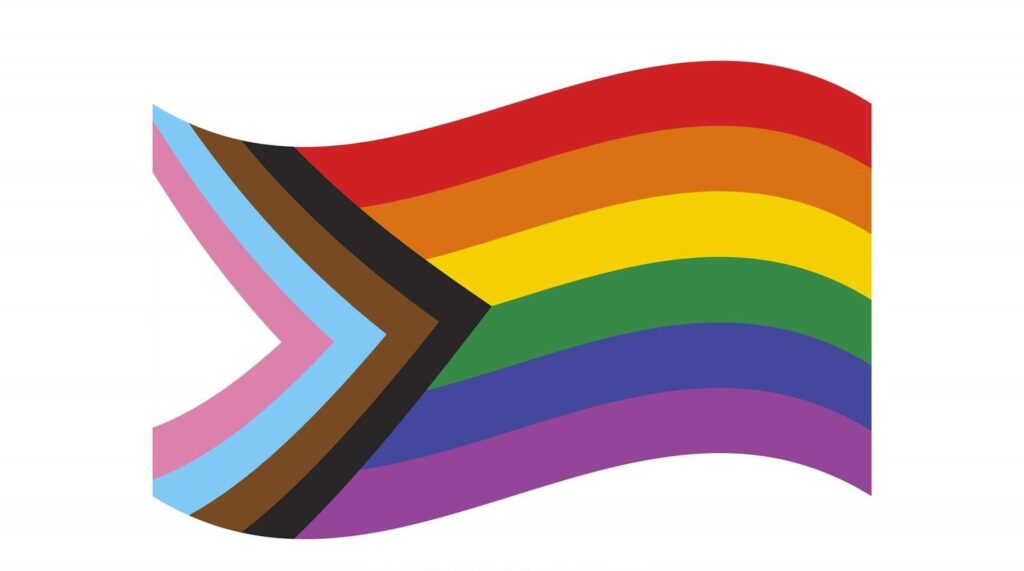
The Philadelphia Pride Flag has the traditional 6-color pride flag but at the top a black and brown stripe was added for the LGBTQ+ people of color.
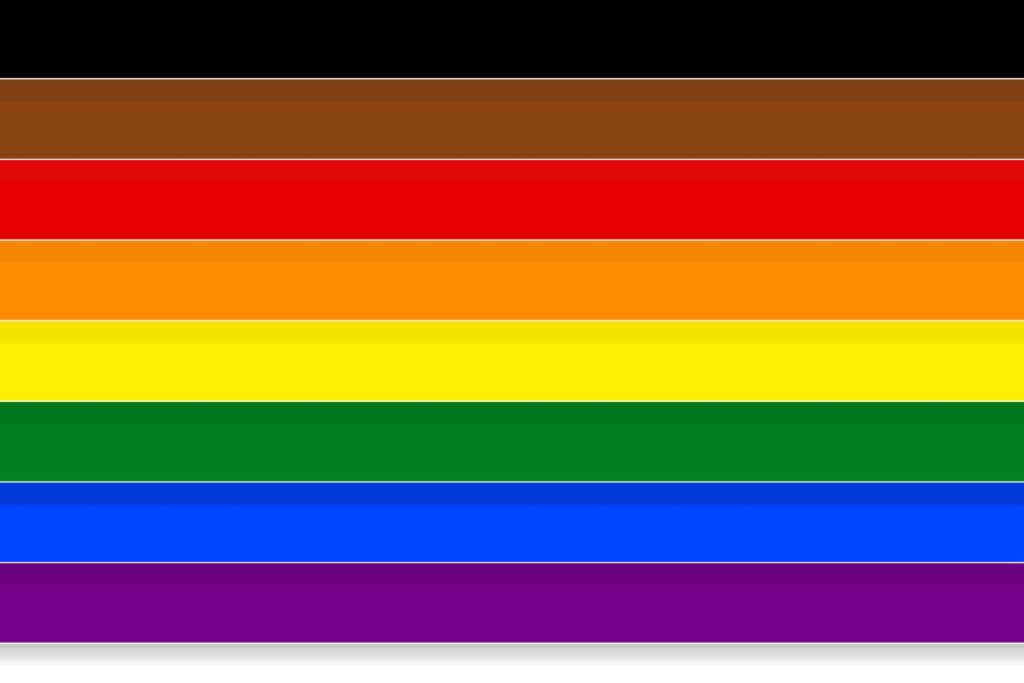
Next, we have the Nonbinary Flag, which is for the nonbinary community. The nonbinary community includes individuals whose gender identity is not exclusively male or female. Yellow stripe is for gender outside the binary, white stripe is for those who identify with multiple genders, purple stripe is for a combination of masculinity and femininity, black stripe represent agender (which is those without a gender).
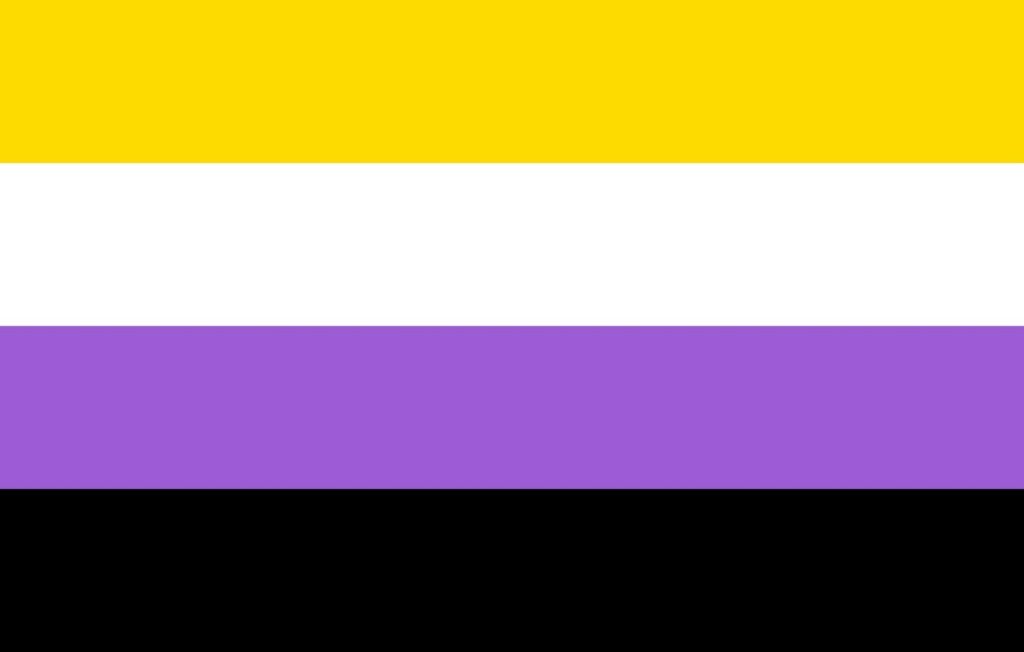
The Bisexual Flag is for people in the LGBTQ+ community who are attracted to more than on gender. Pink – same-sex attraction, Blue – opposite-sex attraction, purple – combination of both.
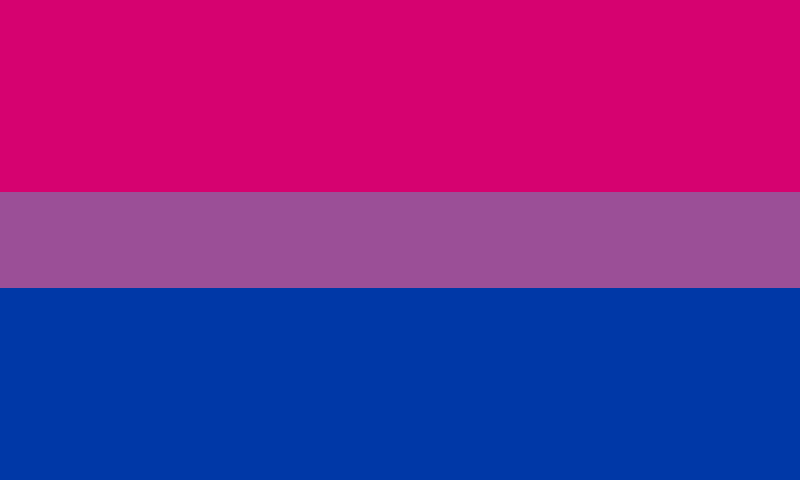
The Lesbian Flag, the pink and red stripes represent love and attraction to women, orange stripe is for community, and white stripe is for intersexuality.
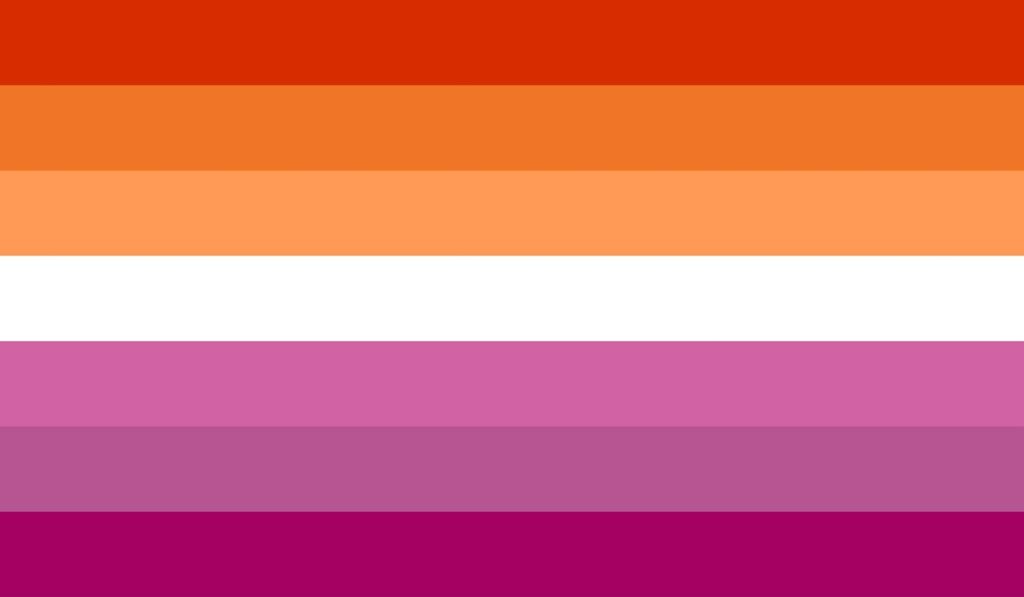
The Gay Men’s Flag features 5 to 7 colors and did face some controversary when it first came out. Colors range from green to white to purple. The green and turquoise colors represent community and healing, white represents gender nonconforming, transgender, and non-binary, blue to purple represents love, diversity, and fortitude.
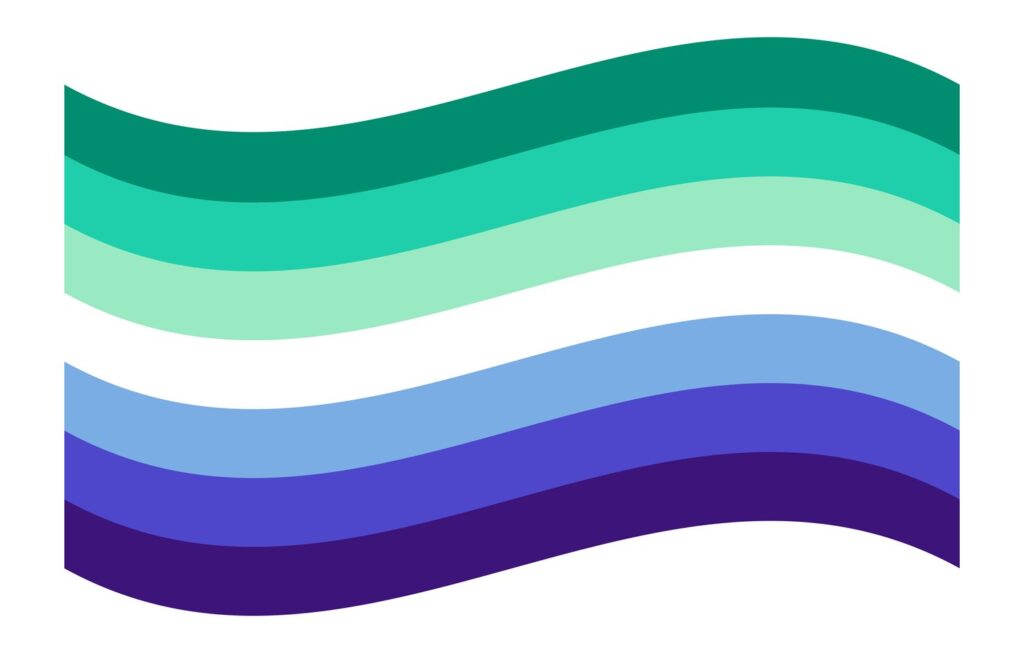
Leather Pride Flag represents the leather subculture and other forms of fetish. Black represents dedication to discipline and self-control, blue represents commitment to openness and honesty, white represents purity, and heart in the corner represents love and connection with others.
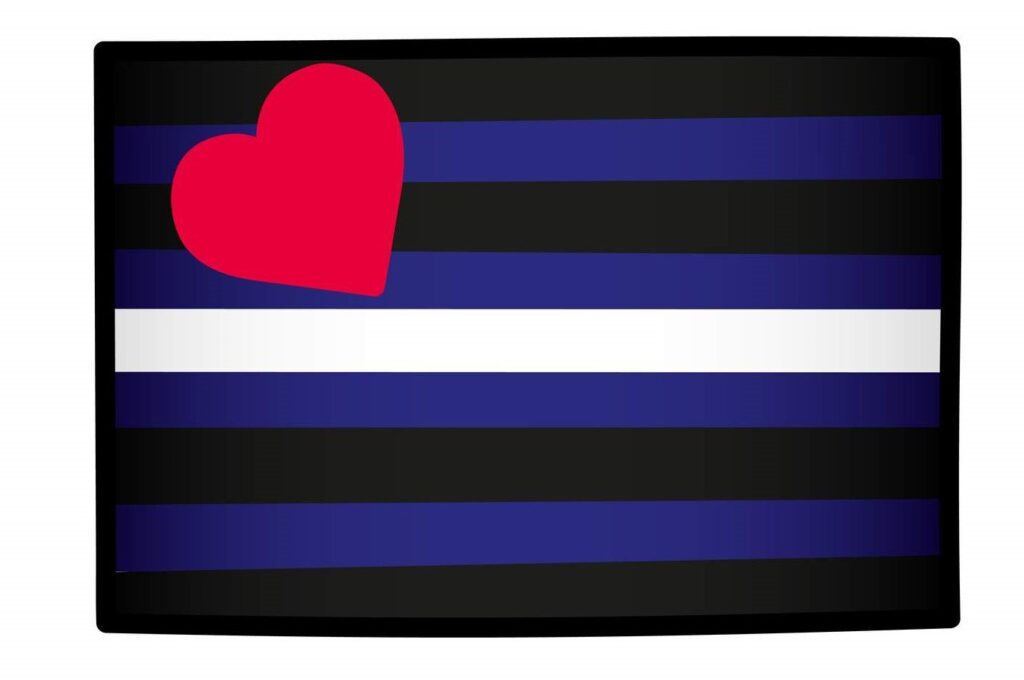
Intersex Flag is for individuals who does not conform to the standard gender binary. Circle represents wholeness, yellow background represents gender neutrality, purple represents diversity of intersex people.
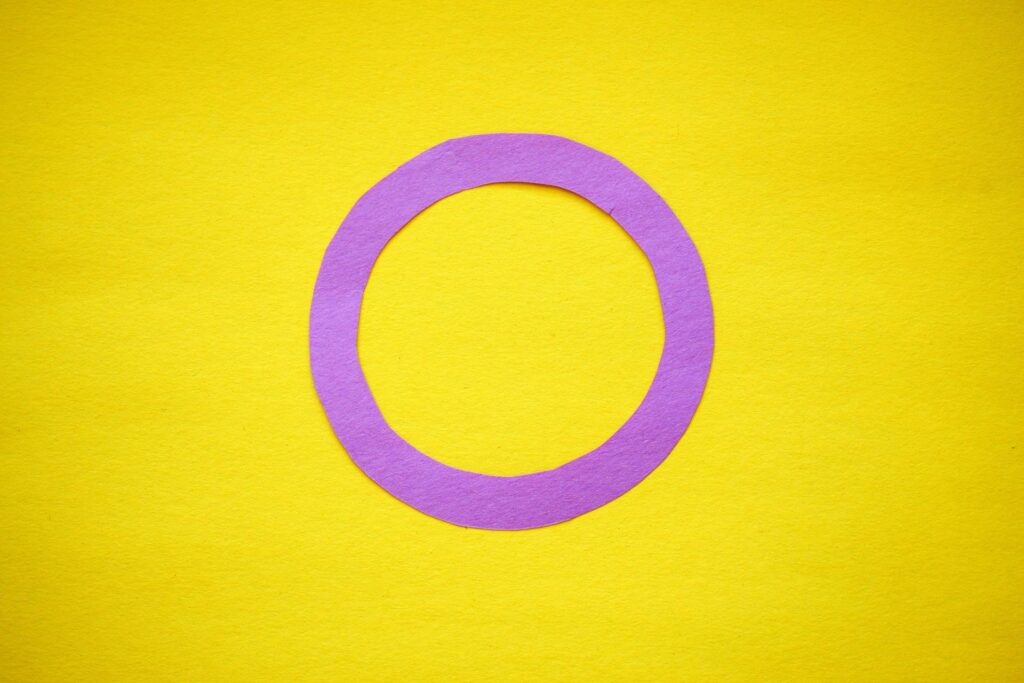
Asexual Flag is for individuals who have little to no sexual attraction. Also referred to “Ace”. Black – asexuality, gray – ace or demisexual identities, white – sexuality, and purple for community.
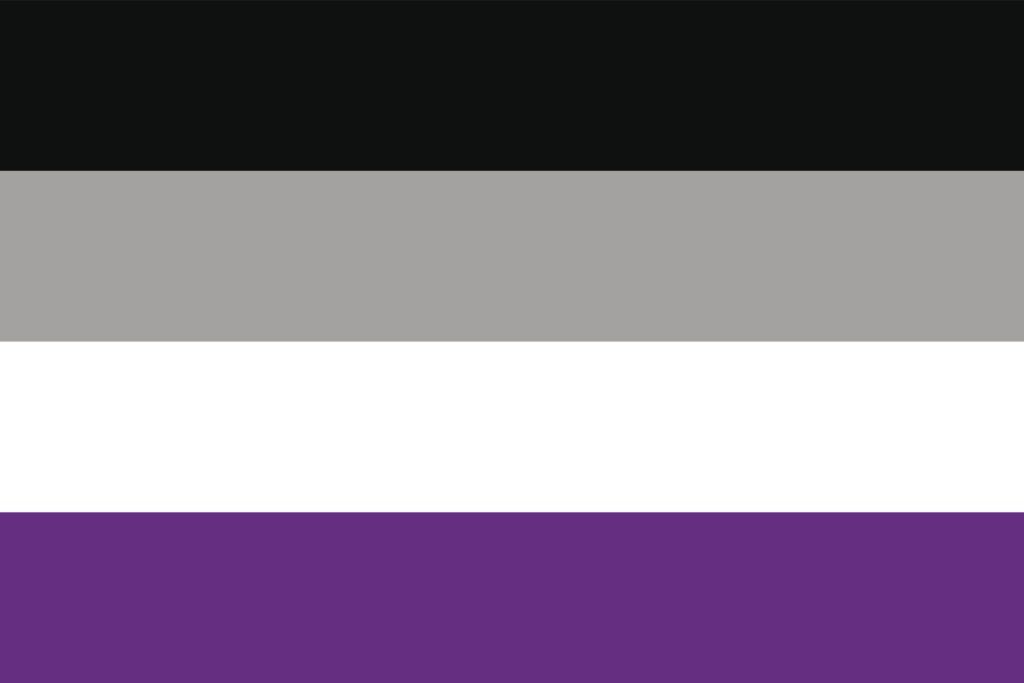
Demisexual Flag is for individuals who only experience sexual attraction after forming a strong emotional bond with another person.
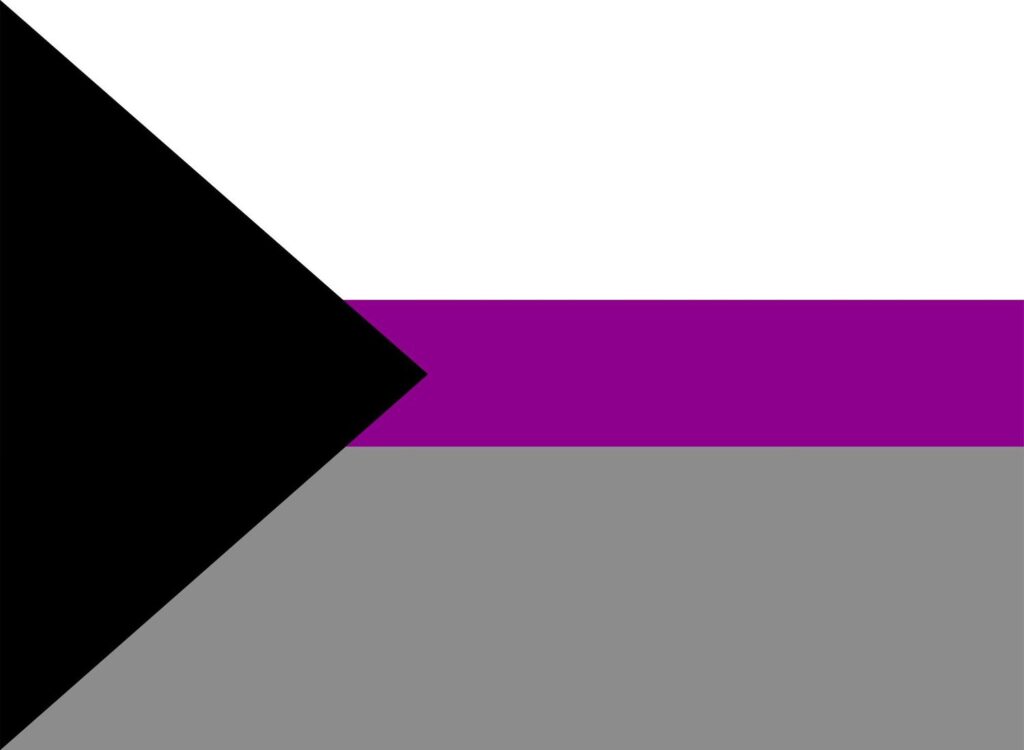
Graysexual Flag is for individuals who experience very little sexual attraction.
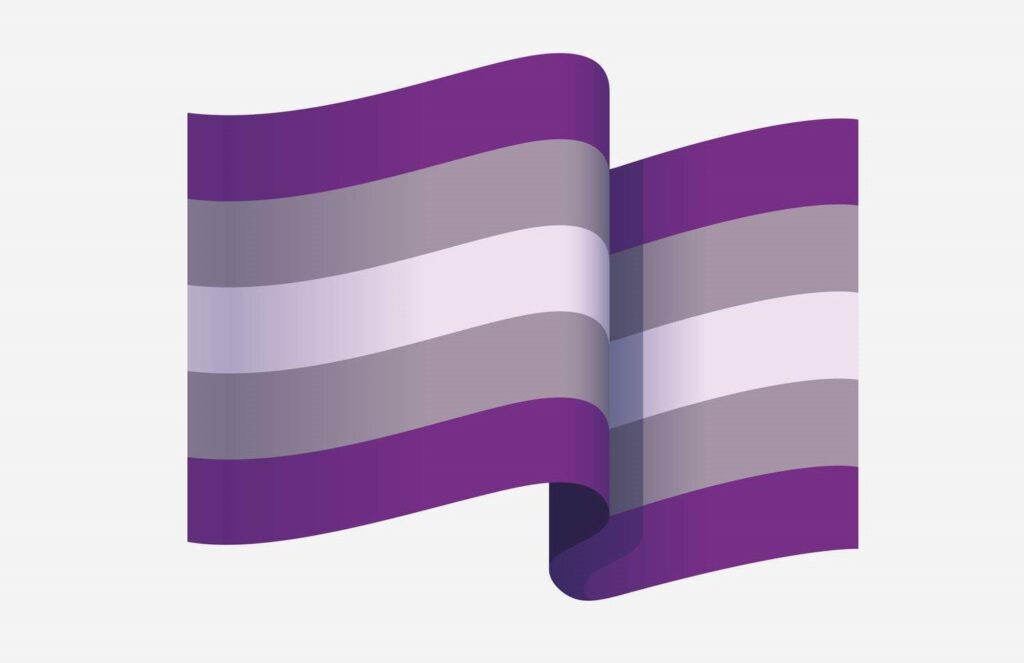
Pansexual Flag is for individuals that are attracted to people of all genders and gender identities. Pink – attraction to women, blue – attraction to men, yellow – attraction of all other genders, including non-binary individuals.
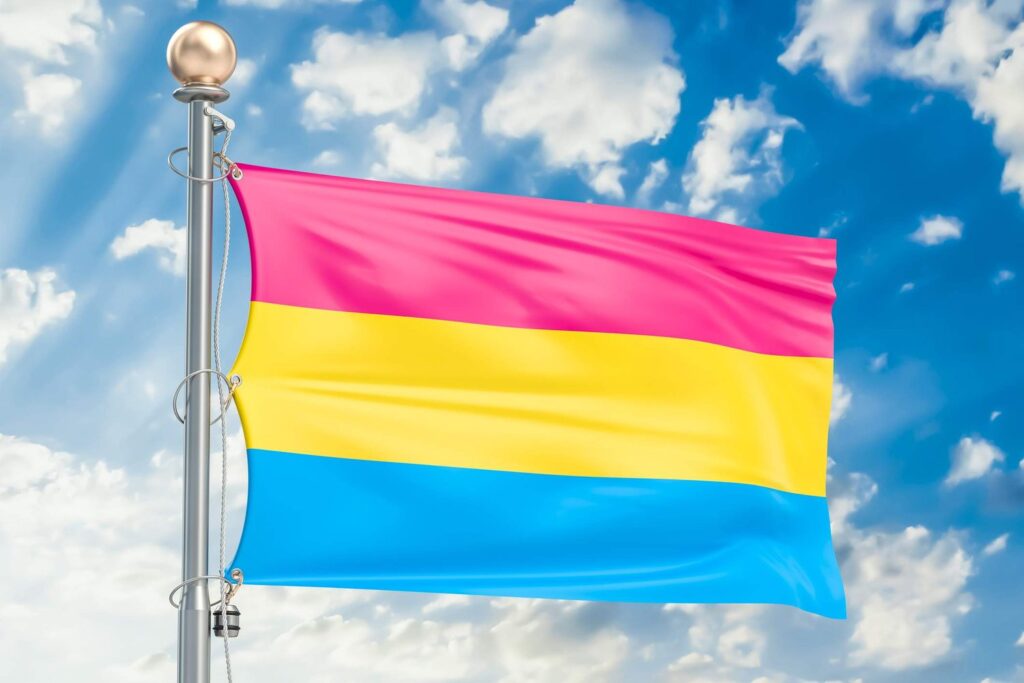
Abrosexual Flag is for individuals whose experience fluid sexual attraction and those whose sexual attraction might shift over time. I couldn’t find any concrete reasons on why the colors were chosen for this one.
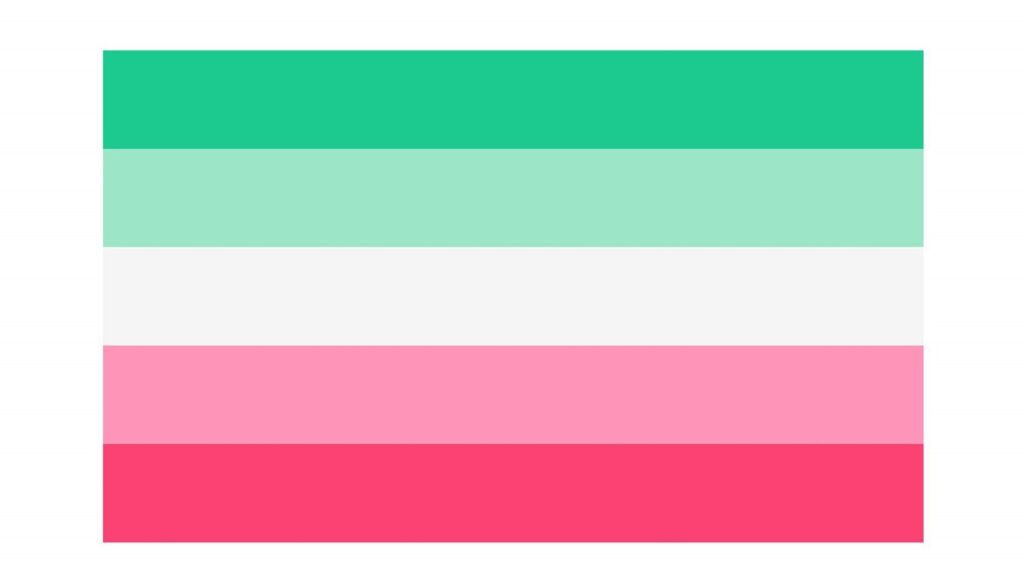
Polysexual Flag represents individuals who are attracted to multiple genders but not all genders. Pink – attraction to women, blue – attraction to men, green – non-binary or other gender identities.
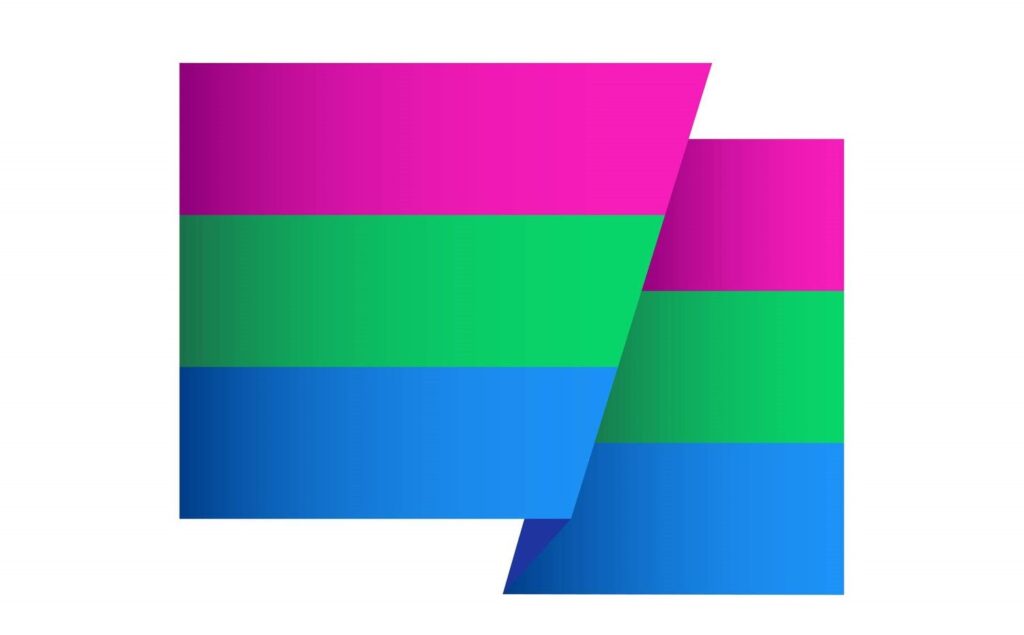
Drag Feather Flag is for the drag community. The golden phoenix is meant to represent rebirth and the fiery passions that the drag community faced in the early years of the AIDS pandemic.
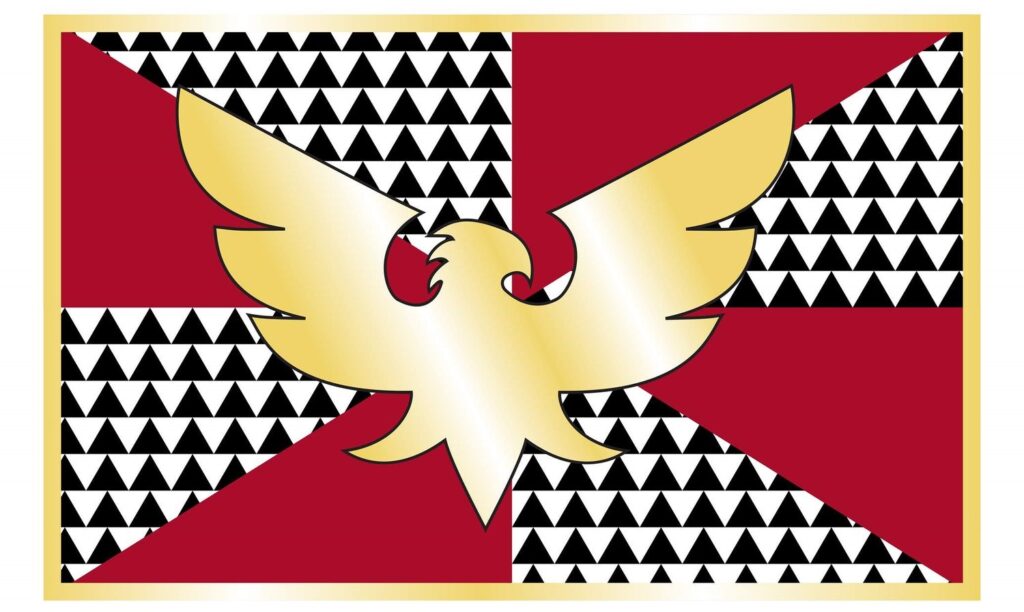
Transgender Flag is for the transgender community. Blue – traditional color for boy, pink – tradition color for girls, and white – non-binary or gender non-conforming individuals.
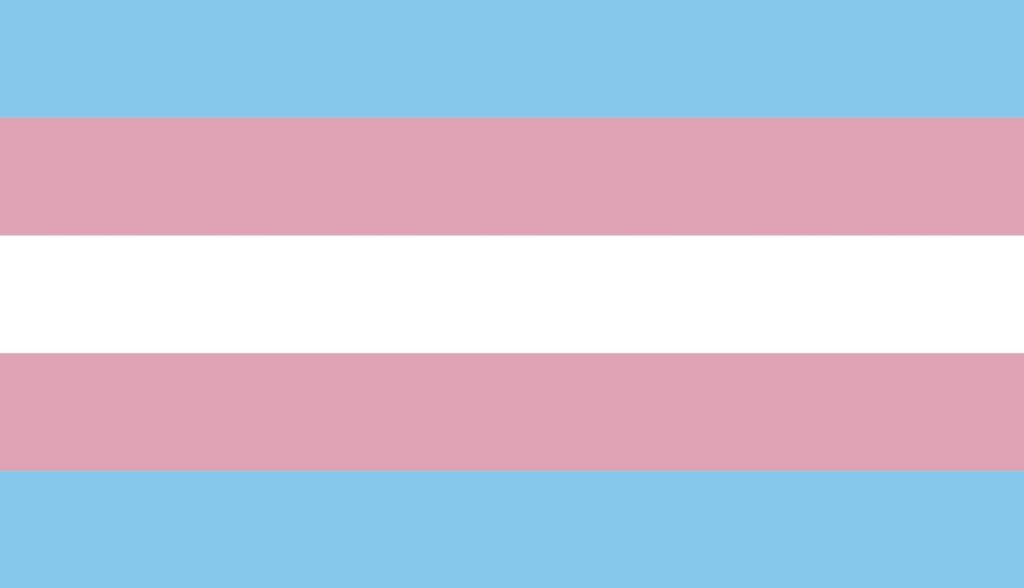
Bigender Flag is for anyone having both masculine and feminine identities.
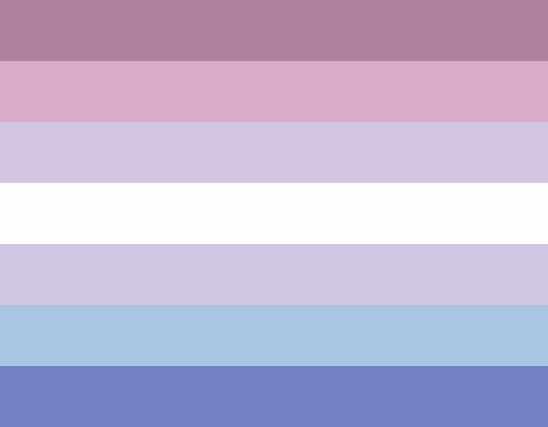
Genderflux Flag is for anyone that has experience fluctuations in their gender identity over time.
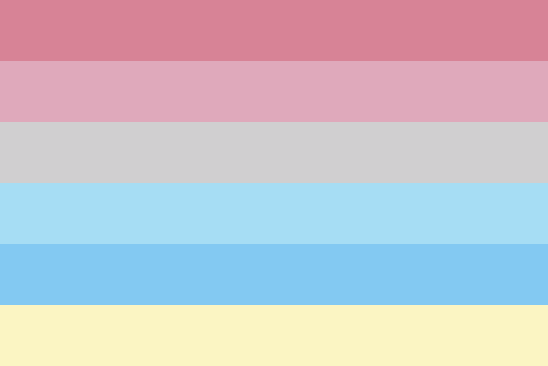
Demiboy Flag is for individuals who partially identify as male, but also identify outside of the binary gender system.
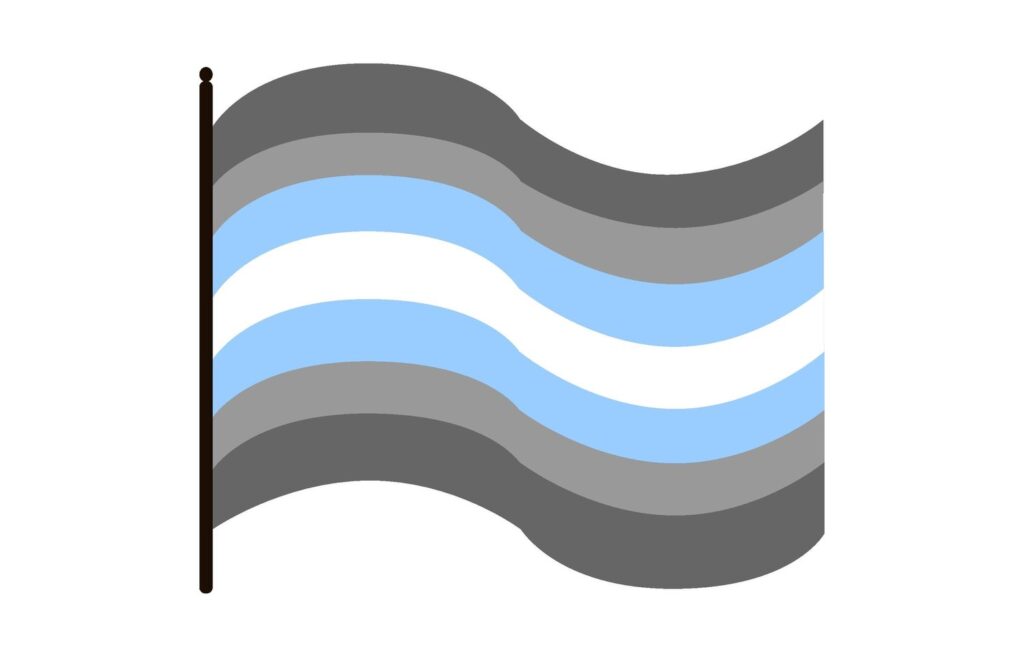
Aromantic Flag is for individuals whose experience little to no romantic attraction.
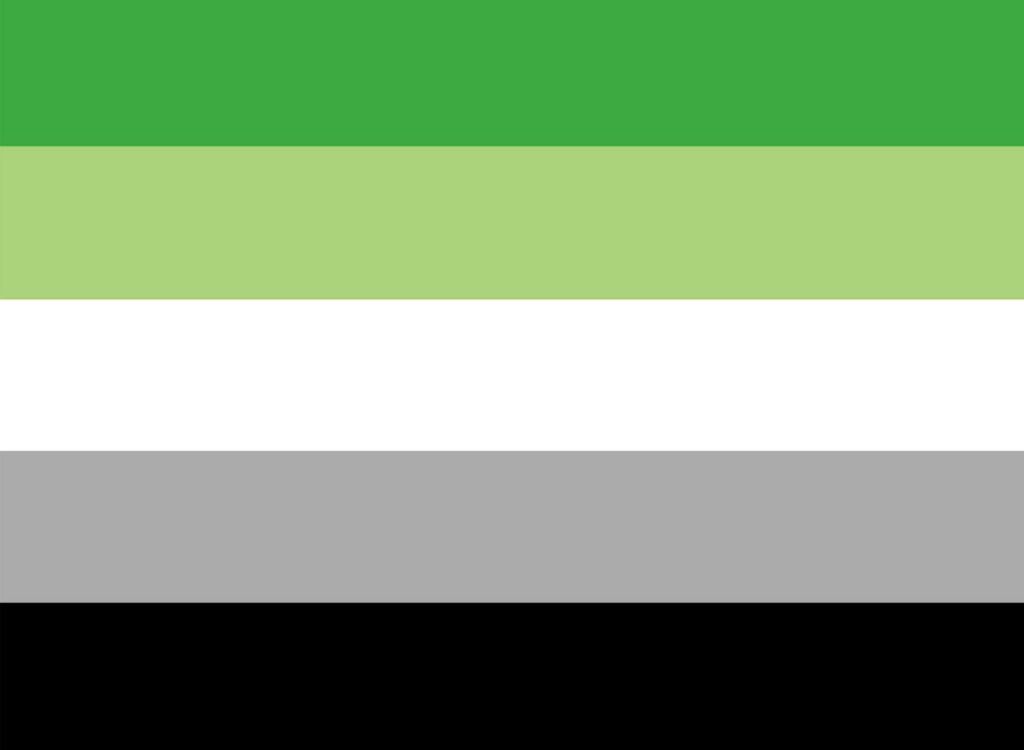
Maverique Flag is for those who are free to use any pronouns they like and express themselves in whatever way feels comfortable, regardless of gender.
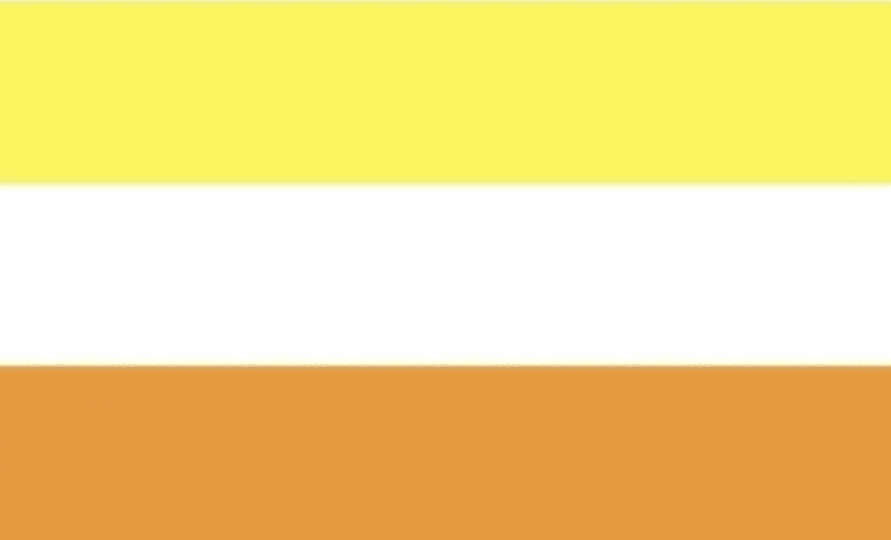
Genderqueer Flag – Lavender – represents androgyny, white represents agender identity, dark chartreuse represents unique identities and experiences of genderqueer individuals.
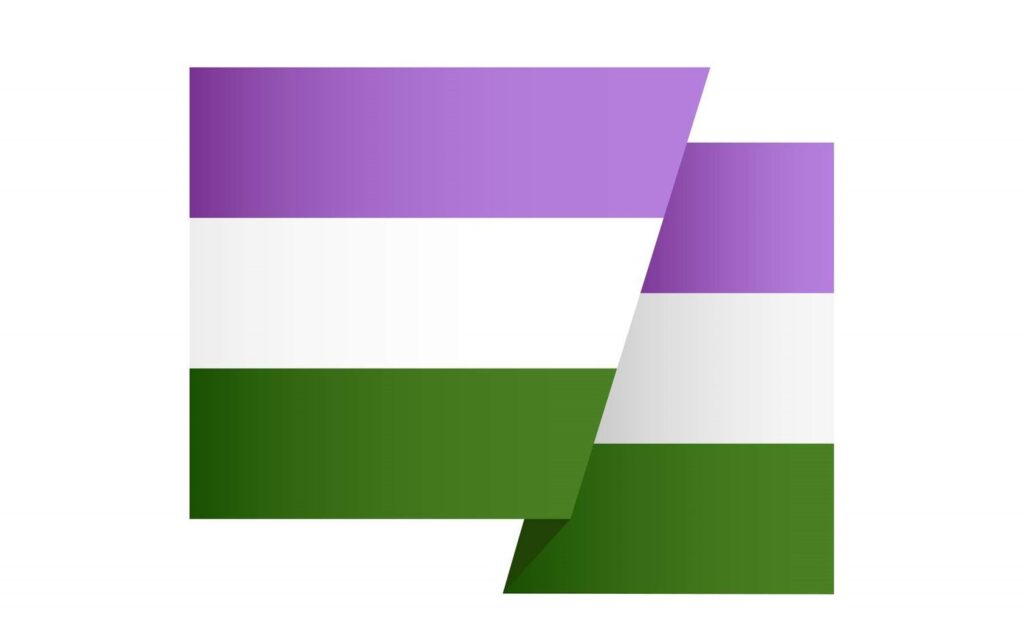
Ally Flag – this flag represents straight or cis-gendered people who have recognized the discrimination that the LGBTQ+ community faces and stands with them. Black and white heterosexual colors as the background and a six-colored rainbow “A”, that stands for ally in the center.
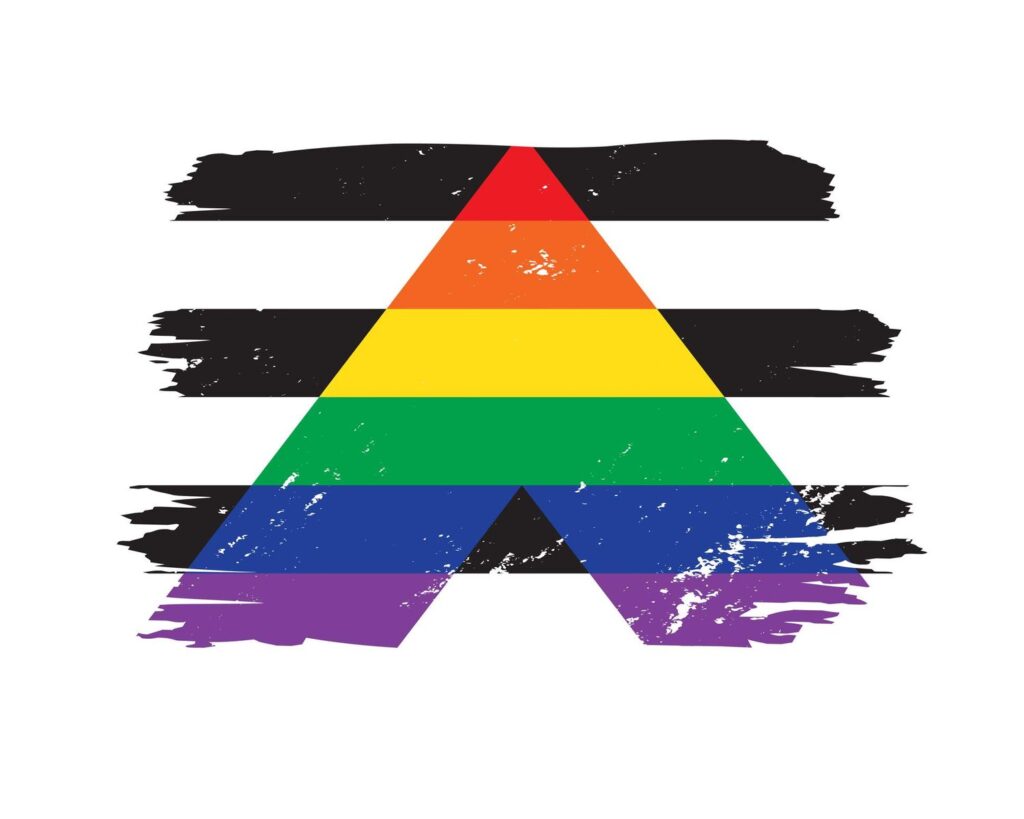
Please understand that this is not a complete list, but this is definitely a good start. If there is anything that you would like to add, please add it to the comments or feel free to email me directly at [email protected]. I will do my best to add more or start another post. Till next time, lead with love and light.
